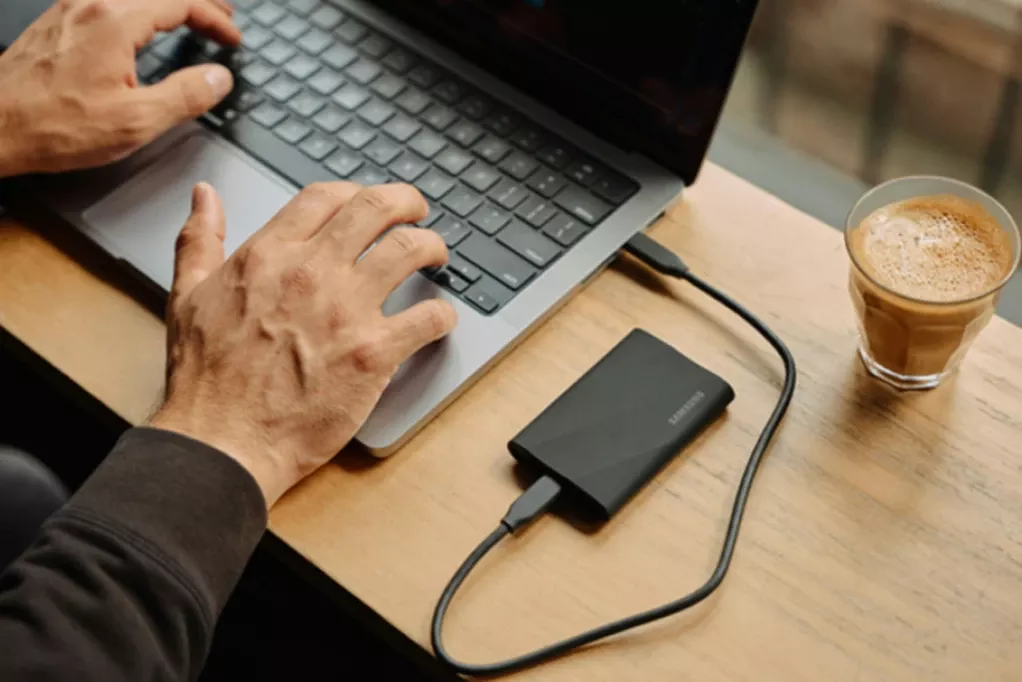
How to Secure Your File Storage and Transfers – Tips from Lightwire Solutions
File storage and transferring play a huge role in most people’s lives. But keeping your files safe is no easy task. In this guide, Lightwire Solutions will help you protect your files by exploring ways to store and send them securely.
What is Secure File Storage?
Secure file storage protects your files from unauthorized access or alterations. It uses security measures like encryption and passwords to ensure only you can unlock your files.
Phishing Attacks
Phishing attacks are common. They trick you into revealing personal data through fake messages or websites. Always double-check the sender’s email address, and never click on suspicious links.
Types of Secure Storage
There are different ways to store files securely: 1. **Cloud** – Store files on the internet, accessible from anywhere. 2. **External Hard Drives** – Store files on a device you can physically control. 3. **Encrypted USB Drives** – Store files with special codes that lock them from unauthorized access.
Why is Secure File Storage Important?
Secure storage protects your private information, prevents data theft, and helps you comply with data protection laws.
Risks of Unsecured Storage
Unsecured files can lead to serious consequences, including: 1. **Identity Theft** 2. **Financial Loss** 3. **Privacy Breaches** These risks show just how critical it is to protect both personal and work files.
How Can I Make My File Storage Safer?
Here are some ways to improve your file storage security: Use Strong Passwords Enable Two-Factor Authentication Encrypt Your Files Keep Software Updated Regularly Strong passwords are difficult to guess, two-factor authentication adds an extra layer of security, encryption protects your data, and updates fix vulnerabilities.
Best Practices for Passwords
Here are tips for creating strong passwords: 1. Use **long** passwords. 2. Mix **letters, numbers, and symbols**. 3. Avoid using **personal information**. 4. Use **different passwords** for each account. These strategies help keep your files more secure.
What is Secure File Transfer?
Secure file transfer ensures that files are sent safely between individuals or devices. It protects your data from unauthorized access or modification during transit, often using encryption.
Common Secure Transfer Methods
Secure file transfers can be made through: 1. **Secure FTP (SFTP)** 2. **Virtual Private Networks (VPNs)** 3. **Encrypted Email Attachments** 4. **Secure File-Sharing Services** These methods help ensure that your data stays secure as it travels from one place to another.
How to Transfer Files Safely?
Follow these steps to ensure safe file transfers: Choose a secure method of transfer. Encrypt your files before sending them. Use strong passwords for access. Authenticate the recipient. Send access details separately from the files. These steps keep your files protected during the transfer process, ensuring only the intended recipient has access.
How to Email Attachments Safely
Email attachments can be risky. Here’s how to send them securely: 1. **Encrypt** sensitive attachments. 2. Use a **secure email service**. 3. Don’t include sensitive information in the body of the email. 4. Double-check the **recipient’s email address**. By following these practices, you protect your email attachments from prying eyes.
Common File Storage and Transfer Mistakes
People often make these mistakes when it comes to file safety: 1. **Weak password creation** 2. Forgetting to **encrypt** files 3. Sending files over **public Wi-Fi** 4. Not keeping **security software updated** 5. Giving access details along with the files These mistakes expose your files to unnecessary risks. Avoiding them is key to securing your data.
How to Avoid These Mistakes
You can prevent these errors by: 1. Setting up a **password manager**. 2. Using **automatic encryption**. 3. Always using a **VPN** on public Wi-Fi. 4. Enabling **auto-updates** for software. 5. Sending access details **separately** from the files. These actions will help you steer clear of common security mistakes and make your file storage and transfer safer.
Ready to Secure Your Files?
Securing your files ensures that your data remains protected from thieves and hackers. Use strong passwords, encryption, and secure transfer methods. Need help with secure file storage? Contact Lightwire Solutions today, and we’ll guide you through setting up safe systems to protect your critical data. Don’t wait until it’s too late—take the next step in safeguarding your digital world!
Article used with permission from The Technology Press.